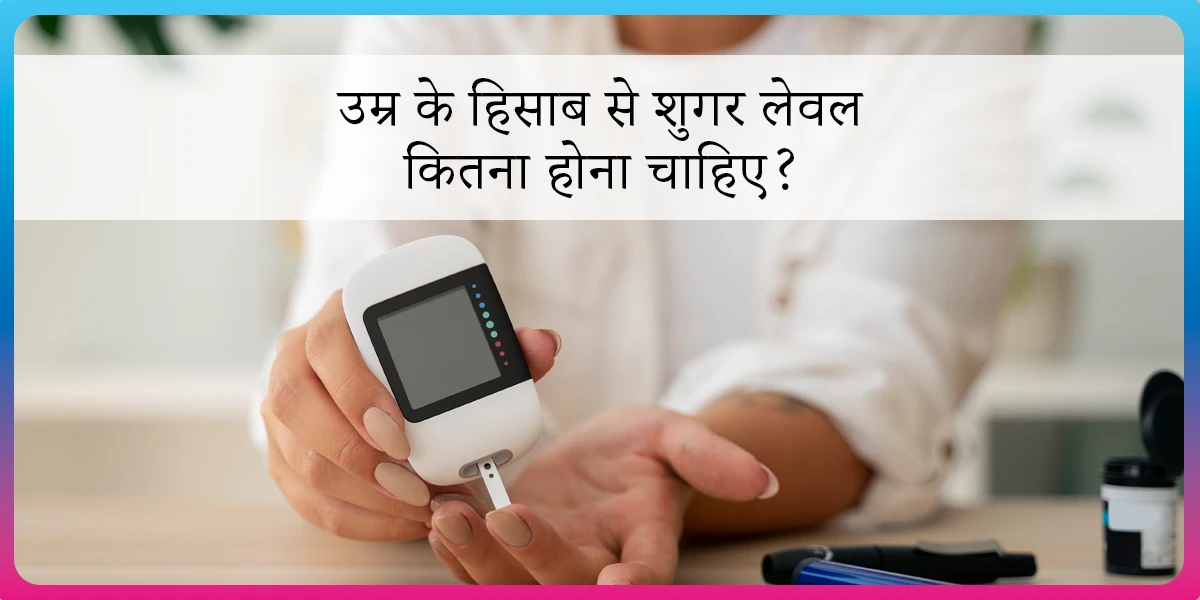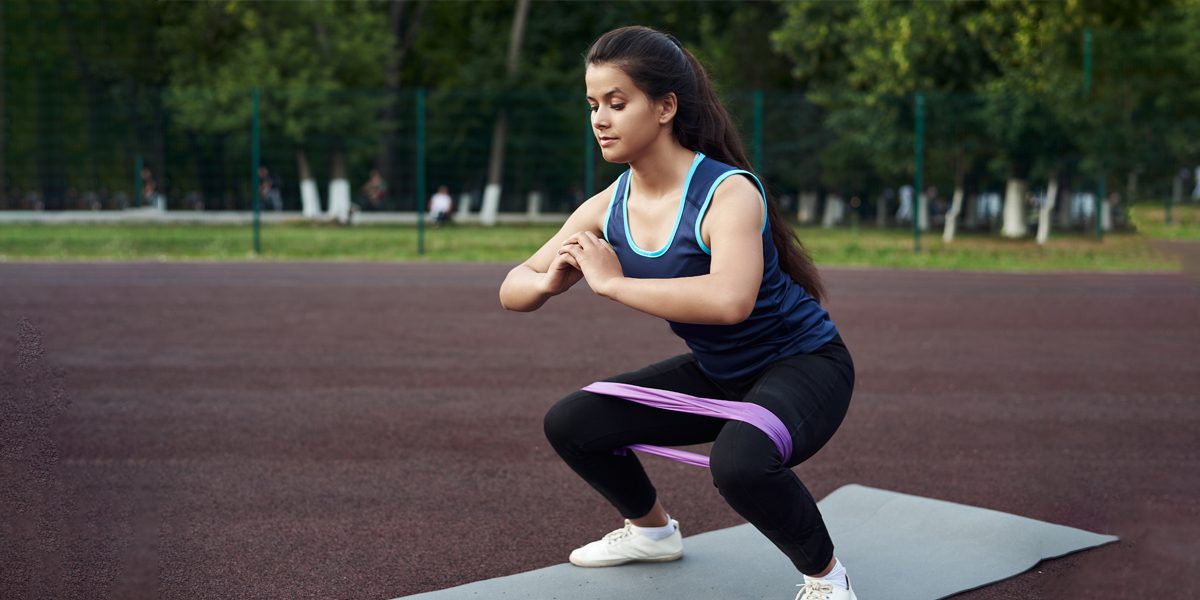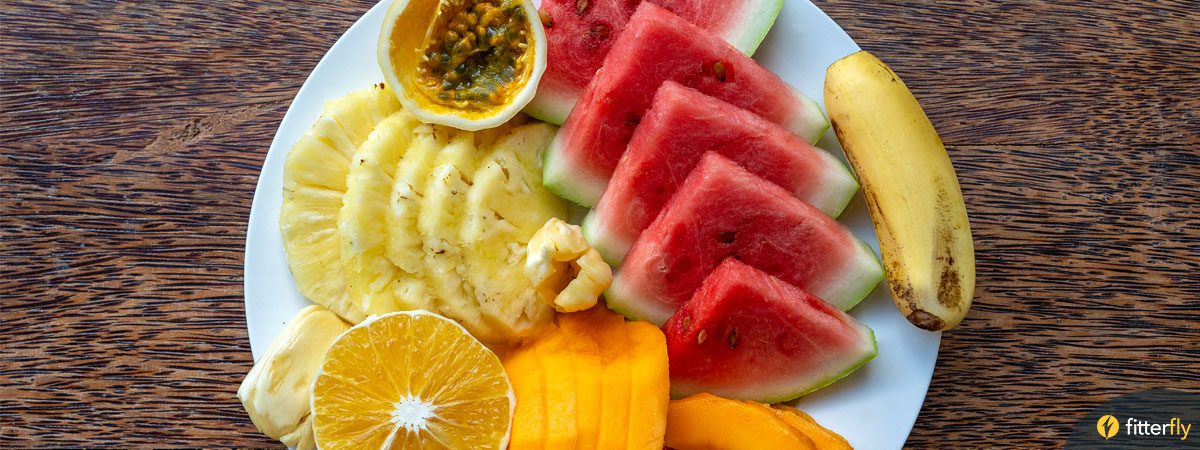Is Samak Rice (Bhagar) Good for Diabetes?

On fasting days, regular grains take a back seat, while samak rice quietly takes the spotlight. Don’t let the name fool you, Samak rice is not really rice at all. It is a tiny, grain-like seed, often mistaken for rice, but it is actually a member of the millet family. This seed is light on the stomach, naturally gluten-free, and rich in fibre. So, the question is: Is Samak rice (Bhagar) good for diabetes? Let us find out.
What is Samak Rice?
Samak rice is also called as barnyard millet, vari or bhagar. Often, people get confused, thinking it is rice, but it is actually the dehusked seed of a millet and it has gained popularity among health-conscious individuals and those managing blood sugar levels.
Light on the stomach yet rich in nutrients, it serves as a smarter carbohydrate option for better glycemic control.
What is the Barnyard millet Glycemic index?
The barnyard millet glycemic index ranges between 42 to 50, which makes it a low-GI food. This means it raises blood sugar slowly and steadily, unlike refined white rice, which causes quick spikes.
What is Samak Rice Nutrition?
The nutritional breakdown of Samak rice per 100 g is approximately based on Fitterfly’s proprietary tool Ntuitive(data based on IFCT 2017)*
| Nutrient | Amount |
| Energy | 346 k cal |
| Carbohydrate | 65.55 g |
| Protein | 10.13 g |
| Fat | 3.89 g |
| Calcium | 16 mg |
| Fibre | 12.6 g |
It is rich in fibre, plant protein, and healthy fats, which help keep you full and support stable blood sugar levels.
Packed with essential minerals like calcium, phosphorus, magnesium, zinc, iron and copper, essential for bone strength, energy, and metabolism.
A natural source of powerful plant compounds such as lignans, phenolic compounds, beta-glucans, sterols, inulin and flavonoids.
Samak rice and Diabetes?
- Lower fasting and post-meal blood sugar levels.
- Reduce HbA1c(blood sugar marker)
- Lower the overall glycemic load (GL) of a meal when paired with protein and vegetables.
- Improve metabolic health when included consistently.
However, portion size and preparation are important. Even low-GI foods can raise glucose levels when consumed in excess or combined with high-GI foods, such as fried or sugary dishes.
For example, a study found on samak rice(barnyard millet) showed that people with type 2 diabetes saw a small drop in their blood sugar levels after eating it regularly for 28 days. There were also slight improvements in their cholesterol levels.
| Also read: Fitterfly- What should you eat and avoid to prevent diabetes? |
What are the Samak Rice Benefits?
Samak rice has low glycemic index, meaning it releases sugar into the bloodstream slowly. This helps to prevent sudden spikes in blood glucose levels.
It is high in fibre, which keeps you full for longer, reduces cravings, and supports healthy weight loss.
Samak rice is naturally gluten-free, so making it a good option for those with celiac disease or gluten intolerance. It is also light on the stomach and easy to digest.
Samak rice is rich in iron, magnesium, phosphorus, and B-complex vitamins, which improve metabolism, boost energy, and support bone health.
Its fibre supports digestion, prevents constipation, and promotes the growth of good gut bacteria.
Being nutrient-dense and easy to digest, Samak rice provides sustained energy and supports a strong immune system.
How to Include Samak Rice in a Diabetes-Friendly Diet?
- Portion: Stick to ½ to ¾ cup (cooked) per meal
- Pair with protein: Add dal, paneer, tofu, or eggs.
- Add fibre: Mix in leafy greens and vegetables
- Use healthy fats: Cook with a teaspoon of ghee or olive oil
What are the Barnyard Millet Recipes: Smart Ways to Add Samak Rice to Your Daily Meals?
- Samak Rice Khichdi: A warm and wholesome bowl of samak rice, moong dal, and vegetables such as carrots, beans and peas. Seasoned with cumin, ginger, and a touch of ghee. For an extra protein boost, serve with curd or add paneer cubes.
- Samak Rice Salad with Chickpeas: This salad features boiled samak rice, chickpeas, tomatoes, cucumbers, onions, mint, and coriander. Tossed with lemon juice, olive oil and seasoning. Add boiled eggs on top for an extra protein boost.
- Samak Rice Dosa: Soak samak rice and urad dal overnight, then grind them into a smooth batter and ferment it. Cook into crisp dosas and pair with sambar or egg curry.
- Samak Rice Upma with Soya Chunks: A protein-rich upma made by cooking samak rice with soaked soy chunks, mustard, curry leaves, onion, carrots, and beans.
A Word of Caution:
Overeating samak rice, or cooking it with high-fat or sugary sides, can still lead to high blood sugar levels.
If you are on diabetes medication or insulin, consult your nutritionist about making changes in your diet.
Everyone’s body reacts differently, so keeping track of your blood sugar (using a Continuous Glucose Monitoring ) can help you find the right portion size for you.
Summary:
Samak rice is a light, gluten-free, and nutrient-dense millet that supports blood sugar control and heart health. It has a low to moderate glycemic index when eaten in moderation and paired with protein and vegetables.
Samak rice can be both a comforting traditional food and a healthy, wise choice.
How Can Fitterfly Help You?
At Fitterfly, we believe that managing diabetes doesn’t have to be complicated. Our Nutrition Coaches work with you to create easy, balanced meal plans that include healthy foods like Samak rice, helping you maintain stable blood sugar levels while still enjoying delicious meals.
We also know it’s not just about eating right; it’s also about moving right. Our Fitness Coaches guide you with simple, personalised workouts that fit your lifestyle and help improve strength, flexibility, and overall health without adding stress.
And when things get tough, our Success Coaches are by your side, motivating you, keeping you accountable, and helping you stay consistent with your plan.
You are not alone on this journey. With Fitterfly, you have a whole team supporting your health, step by step.
Call us at 08068507599 and let’s create a plan that truly works for you!
This blog provides general information for educational and informational purposes only and shouldn't be seen as professional advice.
Frequently Asked Questions
Is Samak rice good for people with diabetes?
Yes, samak rice has a low glycemic index, which means it raises blood sugar more slowly than white rice. When eaten in moderate portions and paired with protein or vegetables, it helps maintain steady glucose levels.
Can samak rice be eaten daily?
Yes, but in controlled portions. Eating it a few times a week as part of a balanced diet is a healthy choice, and it always includes other grains, pulses, and vegetables for variety.
What is Bhagar made of?
Bhagar is a grain derived from a type of wild grass that grows naturally around the paddy fields. Instead of removing this grass, farmers harvest it to obtain small, round grains known as bhagar or samak rice.
Is Bhagar a grain?
Yes, bhagar is a grain which belongs to the millet family and is typically eaten as a substitute for rice during fasting or when following a gluten-free diet.
Is Bhagar gluten-free?
Yes, bhagar is entirely gluten-free, unlike wheat or barley. This makes it an excellent choice for people with diabetes, celiac disease or gluten intolerance.
Is Bhagar good for the diet?
Yes, bhagar is good for a healthy diet because it is high in fibre, and has a low GI value, making it ideal for a person with diabetes. It helps in digestion and keeps you full for longer. Including bhagar regularly can help with weight management.





















